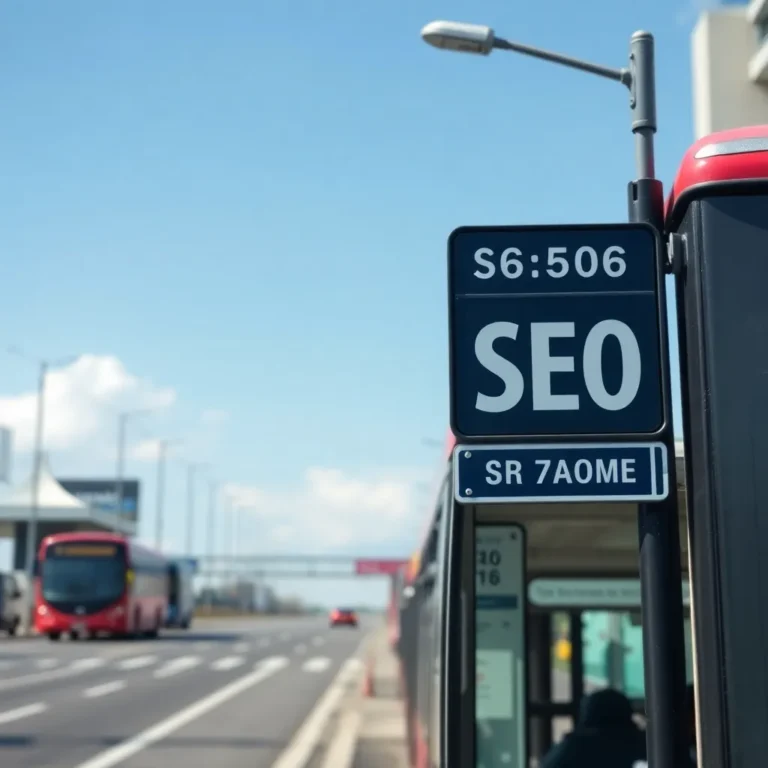Scaling Multi-Location SEO: A Six-Step System
Multi-location SEO involves scaling local search marketing efforts across numerous branches, a task that quickly becomes complex due to the need for unique content, precise data management, and effective performance tracking for each location. A single error in business information can erode customer trust and visibility, making a systematic approach crucial to avoid chaos.
The article outlines a six-step system to tackle these challenges. First, it emphasizes creating high-performing, dedicated location landing pages. Each page requires verified core business details, location-focused keyword research (e.g., “dentist in Austin”), and a modular template incorporating NAP, embedded maps, local photos, and CTAs. Critically, content must be unique with local flavor to prevent duplicate content issues and enhance community relevance.
Second, optimizing Google Business Profiles (GBPs) for every location is vital. This involves claiming and verifying listings (using bulk verification for scale), ensuring NAP consistency with a master data sheet, and adding UTM tracking. Optimization extends to standardizing categories, visuals, descriptions, and proactively posting updates, photos, and pre-loading FAQs, often managed with tools like Semrush Local.
Third, managing customer reviews efficiently is paramount. The strategy includes automating review acquisition through text/email requests with unique branch links and centralizing monitoring using dedicated software. Standardized, yet personalized, response templates ensure consistency while addressing feedback promptly. Fourth, maintaining NAP consistency across all citations is critical. Centralizing data in a master toolkit, automating distribution to directories, and conducting regular audits prevent widespread inaccuracies that can lead to missed calls and negative experiences.
Fifth, building local backlinks boosts authority and trust. This involves encouraging community engagement, sponsorships, and partnerships at the branch level, systematizing outreach, and using tools like Semrush Backlink Analytics to identify opportunities. Finally, robust performance tracking and attribution are essential. Implementing UTMs and location IDs across all digital assets, using tools like CallRail for unique phone numbers, and centralizing data in dashboards like Looker Studio allows for precise analysis.
This enables identifying underperforming branches for targeted improvements and replicating the successes of top-performing locations across the network, ensuring a scalable and effective multi-location SEO strategy.
(Source: https://backlinko.com/multi-location-seo)









